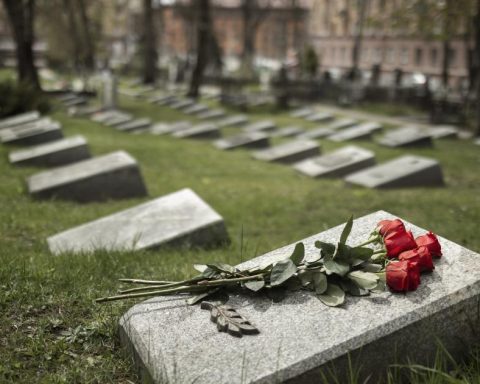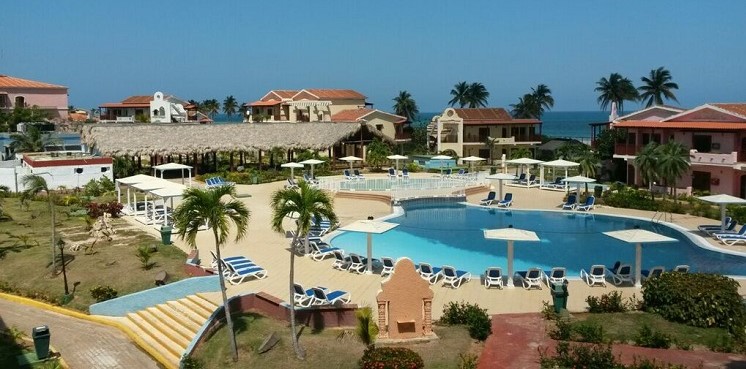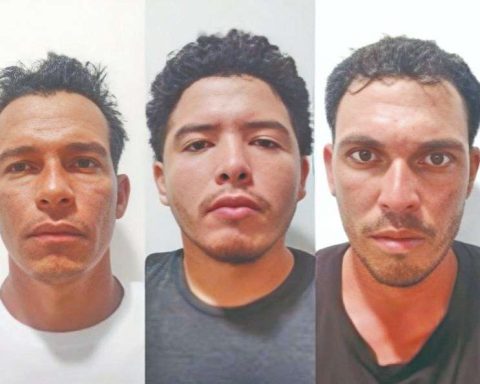Modern slavery has increased in the world in recent years, especially driven by the pandemic, with nearly 50 million people forced to work or marry last year, the UN said on Monday.
The UN wants to eradicate this plague in 2030 but last year An additional 10 million people were in a situation of modern slavery compared to global estimates for 2016, according to the latest report published by the International Labor Organization (ILO) and the International Organization for Migration (IOM) -two UN agencies- with the NGO Walk Free Foundation.
Of the 50 million modern slaves, near 27.6 million were people subjected to forced labor Y 22 million people married against their will.
Women and girls make up more than two-thirds of those forced into marriage, and about four out of five are people in situations of commercial sexual exploitation, according to the report.
In context: Pope Francis affirms that women’s slavery still exists
The pandemic -which caused a deterioration of the working conditions and an increase in the indebtedness of workers– has strengthened the springs of the modern slavery in all its forms.
Around the world, near one person in every 150 is considered a modern slave.
These data, which come from nationally representative household data, indicate that cases of slavery are not transitory, but they last several years.
“It’s scandalous that the situation of modern slavery does not improve. Nothing can justify the persistence of this fundamental abuse of human rights”ILO Director-General Guy Ryder said in a statement.
“The unions, the business organizations, civil society and ordinary citizens They have a critical role to play,” he added.
You may be interested in: Mo Farah, victim of human trafficking and slavery in the UK
Proposed measures
The report proposes a series of measures that would represent an advance significant in ending modern slavery.
Among them are, according to an ILO statement: improve and enforce labor laws and inspections, end state-imposed forced laborstrengthen measures to combat forced labor and human trafficking in companies and supply chains, expand social protection, and strengthen legal protections including raising the legal age of marriage to 18 without exception.
Women and children remain disproportionately vulnerable. Near one forced laborer in eight is a childand more of half of them are victims of sexual exploitation commercial.
On the other hand, migrant workers are three times more susceptible to be subjected to forced labor than adult non-migrant workers.
More information: The pope condemned the torture and slavery of migrants in Cyprus
António Vitorino, IOM Director General, stresses “the urgency of ensuring that all migration is safe, orderly and regular
“The reduction of vulnerability of migrants to forced labor and human trafficking depends, first of all, on national political and legal frameworks that respect, protect and fulfill the human rights and fundamental freedoms of all migrants,” he adds, quoted in the statement.
Modern slavery occurs in almost every country in the world, and crosses ethnic, cultural and religious lines. More than half (52%) of all forced labor and a quarter of all forced marriages are in upper-middle or high-income countries.















